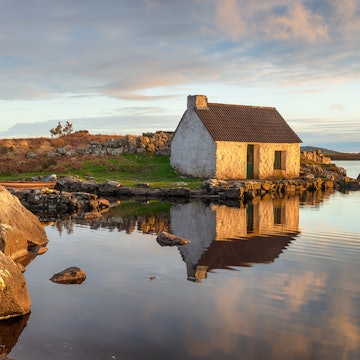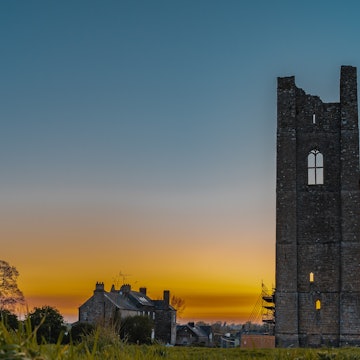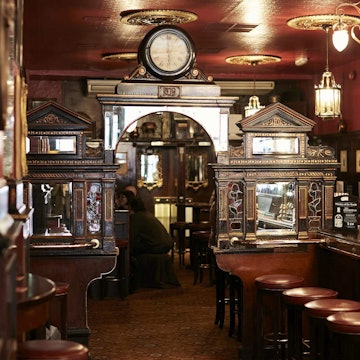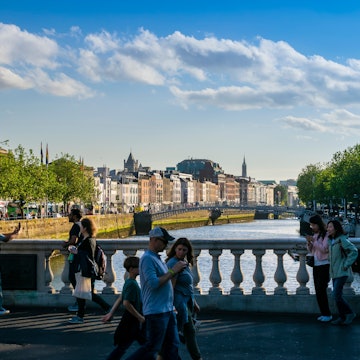

O'Donoghue's is known for it's traditional Irish music © Tim Clayton/Getty Images
Say ‘Temple Bar’ to any Dubliner and watch their eyes roll back into their head – the quaintly-cobbled and bar-filled district is a tourist trap, a non-space of plastic paddywhackery in the heart of the capital. But, you might protest, I want to hear some live music. Scoff, they will, and tell you, that’s not real music.
So what is ‘real’ traditional Irish music – and, more importantly – how can you experience it in Dublin? Here's your insider's guide to the best places to go and how to get the most out of a traditional Irish session.
What’s ‘real’ traditional Irish music?
If you witnessed Ireland’s horrified reaction to the release of Ed Sheeran’s song 'Galway Girl' a few years ago, rest assured, complaining about ersatz Irish music is a proud tradition. At its heart is a complex distinction between traditional Irish music – that is to say the personal, local and mostly oral tradition of performance and song still faintly found around the country – and the various modern musical genres of “trad”, “Irish folk”, “Celtic” or simply “Irish” music.
Seán Ó Riada, a pioneer in both Irish traditional and art music, was instrumental in establishing in the 1960s what a modern “ceili” group would look like. He and others were trying to keep a folk tradition alive in the age of modern mass media, the radio, the television and the overwhelming cultural forces of the United States and the United Kingdom. He also nursed a lifelong hatred of the accordion, calling the piano accordion “the greatest abomination of all”. The fight around authenticity and Irish music has been raging for a long time.

Modern Irish ballad singers take their cues in large part from emigrant musicians like the Clancy Brothers and Tommy Makem. Makem and the Clancys grew up in Ireland, but were virtually unknown here, and made their signature sound – old familiar songs played heavier, louder, livelier and more raucous – in the folk scene of 1950s and ‘60s New York.
Their style neatly dovetailed with the broader American folk revival and translated well to television. They were superstars in America before reimporting their music back to the homeland, where they sold umpteen records and influenced a generation of Irish musicians. Decades later, defining ‘Irish music’ remains difficult.
Where to find traditional "trad" Irish music in Dublin
Despite the popular imagination, you’re more likely to hear Mr. Brightside emanating from an average Dublin pub than a lyrical harpist. So where can you go to find the Irish music you’re looking for?
The Cobblestone
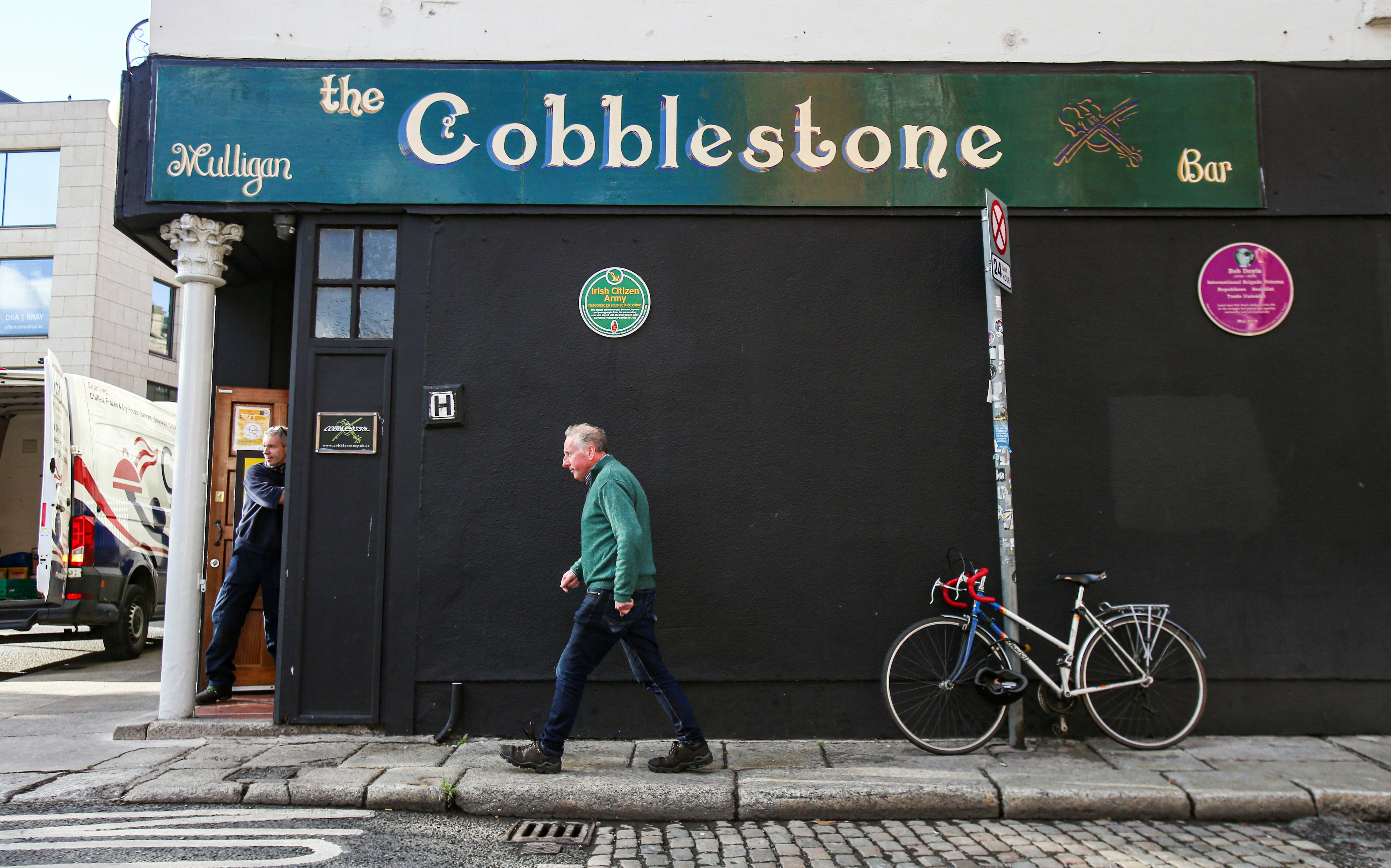
The Cobblestone pub in Dublin’s Smithfield neighborhood is one well-known spot for traditional music. They run sessions seven nights a week and a few of the days too, and regularly host some of the best living trad musicians. It’s a welcoming place, open to locals and tourists alike.
The owner Tom Mulligan, a skilled musician himself, has a list of recommendations of his own outside the city, from Cryan’s pub in Carrick-on-Shannon and Tigh Coili’s in Galway City to festivals in Milltown Malbey, Drumshanbo, Tubbercurry and the Fiddlers Weekend in Donegal.
He describes the sessions in his own establishment as “very relaxed...mainly acoustic, mainly traditional music with the occasional singer. You have a story sometimes or a recitation or a song, it breaks it up a little bit...there’s no MC telling people what’s going on, they just play along and enjoy it. They get involved, and if they’re able to sing a song or play an instrument, they’ll be invited in.”
There’s room at the Cobblestone for everything from sean-nós singing classes to Irish dancing lessons. There’s a big emphasis on visiting musicians—American, Scottish and even Kurdish. The only requirement is that the music be acoustic; there is very little amplified music played.
How to have a perfect day in Dublin without spending a euro
This isn’t done out of purism, but out of an acknowledgment that too much amplification inevitably changes the vibe and is a lot more likely to irritate your neighbors too.
The Cobblestone is a neighborhood institution, and as Mulligan notes, there’s been a pub on the site since the 15th century. Smithfield, with its massive old markets, has been a meeting point between the city and the country for centuries, a place where “Dublin people depended on the countryman to make a living”, so it’s not surprising that you’ll find incredible traditional music still being played here.
Pipers Corner

Try Pipers Corner on Marlborough Street for a session Thursdays, Fridays and Sundays. The outside is covered in a giant pointillist banner of Séamus Ennis, one of the greatest pipers in world history, and a proud Dublin man. Working for the Irish Folklore Commission in the 1940s he cycled around the country recording the fast-fading music of the people and he was one of the founders of Na Píobairí Uilleann, a group to promote the uilleann pipes, a traditional Irish instrument.
Pipers Corner is a newer spot, a collaboration between well-known piper (and son of one of the members of the famed Irish band The Chieftains) Seán Potts and publican Eamonn Briody.
Potts notes that the practice of playing music in pubs itself, “is a very modern phenomenon. It started in the sixties, it was very much to do with O’Donoghue’s [pub] and [the legendary Irish band] the Dubliners...people sort of assume it's an intrinsic part of traditional music, but traditional music existed hundreds of years before the pub phenomenon.”
Pipers Corner specializes, as you might imagine, in piping, and for Potts, the musicians are central to the experience. “We encourage listening in the pub. It is a public house; you don't always get total attention, but we encourage it. We don't have people stay completely quiet, but we do encourage them to respect the musicians, that’s essential.”
O’Donoghue’s
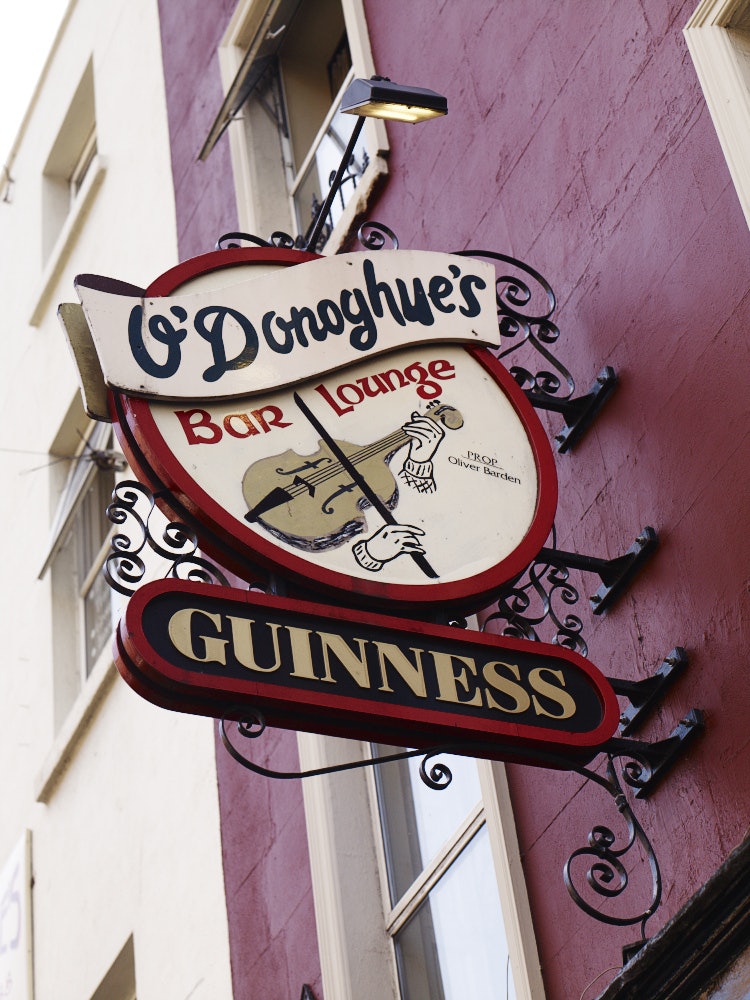
The 1940s and 50s were a bleak time for Ireland, and for Irish traditional music too. But by the sixties, both were looking a little healthier. Ireland’s folk revival was joyous, raucous and relentlessly creative, giving us music from groups like the Dubliners that will still be listened to a century from now.
To feel a little of the energy of that time head to O’Donoghue’s on Baggot Street, still holding sessions more than fifty years on. The place was even immortalized in a half-finished film from the sixties called O’Donoghue’s Opera, which starred the legendary musician Ronnie Drew. The film is playful, a staged version of an average night in the pub that morphs into a dramatized version of one of the songs played. That high-wire act of authenticity and inauthenticity is at the heart of Irish traditional music. Inquiries into what is “real” and “fake” quickly run up against a lot of issues. Where, exactly, do we draw a line?
Dublin’s Irish music festivals are some of the best times to visit the city

Some of the best trad music you’ll ever hear is at Trad Fest, held every January in that same hated Temple Bar just steps from the pubs blaring singer-songwriter offcuts and playlists called “Best Irish Drinking Songs”. They take an ecumenical approach to what constitutes “trad” and are the better for it.
Speaking of yearly events, if you’re in town in June don’t miss the National Concert Hall’s “Tradition Now” series. Likewise, the Fleadh Cheoil is one of the best dates of the year for both the expert and novice. It’s organized by Comhaltas Ceoltóirí Éireann, still the center of the trad community around the country, and a great place to learn how to play yourself.
Ireland’s evolving music scene and where to experience it

Strange though it may seem, attempting to scientifically determine what is “real” trad is not the most enjoyable way of engaging with the music. Since the folk revival of the fifties and sixties, Irish music has seen a plethora of hybrid genres emerge from trad – from Celtic Rock to Country and Irish. Ireland has always excelled at hybridizing and adapting foreign cultural trends to local tastes.
Even the last few years have seen numerous experiments in folk and trad: witness the subtle innovations of supergroup The Gloaming, the drone-influenced sounds of Lankum or a personal favorite, the marathon pandemic live streams of Dundalk’s finest, the Mary Wallopers.
If you’re in Dublin around St. Patrick’s Day, make sure you check out some of the festival’s musical offerings. This year they hosted a massive virtual session at Whelan’s.
For Anna McGowan, Interim Director at the Patrick’s Festival: “Traditional music is as much a social phenomenon as a musical one: at its heart is a strong element of community bonding and a genuine sense of shared experience. It’s permeable enough to invite performers with all kinds of different musical backgrounds to add their own interpretation to the music; that’s why it lends itself so well to hybridization and adaptation.”
It’s best to approach a session with few preconceptions. Don’t expect an experimental hybrid group to stay within the boundaries of your own taste, and don’t barge into a session of pipers demanding your favorite ballad.
What constitutes trad music is always up for debate; even the acts of transcribing, performing, recording and disseminating the music inevitably marks and changes it. It is simultaneously robust, enduring over hundreds of years, and fragile; any single session can, without care, be robbed easily of spark and atmosphere.
If there’s any advice to give, it’s to have a joyous, thoughtful, respectful and emotional encounter with traditional music, to navigate that line of authenticity and inauthenticity like the locals do, but not to get too neurotic about it. The ‘real’ is constantly in flux, and that’s a healthy, good and enjoyable thing.
You might also like:
The top 25 things to do in Dublin
Dublin's 13 best city parks
In Dublin, nightlife shines even as historic music venues fall silent
Dublin is on our 2022 Best of Travel list. For more stories from some of the world’s most exciting destinations click here.
Safety recommendations and restrictions during a pandemic can change rapidly. Lonely Planet recommends that travelers always check with local authorities for up-to-date guidance before traveling during COVID-19.








